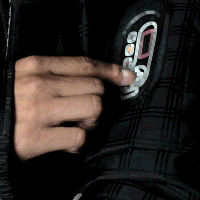
Sector description
The innovation process in the smart textiles sector entails opportunities to prevent future environmental problems, i.e. increasing power consumption and disposal problems.
Details
Smart textiles can be viewed as a forerunner of pervasive computing
a technology vision denoting the integration of electronics into
every-day objects to make them smart. The technology cluster of smart textiles
cuts across various industrial sectors and therefore exhibits numerous
intersectoral synergies on the level of materials, processes and products.
The emerging technology necessitates innovation in industrial machines
of the textile and the electronic industry.
![[example img]](grafik/sectors/smarttextile_700x470fs88.jpg)
The technology innovation cluster of smart textiles is still in an early stage
of its formation as an industrial sector. In total, the number of
SME active
in technology development and product commercialization is small, as compared
to other, more mature sectors (such as classical textile industry and electronic
product manufacturers).
Not many smart textiles products are found on the consumer market yet,
but multiple applications are about to enter the market,
e.g. for health monitoring, ambient assisted living, sport and outdoor,
well-being & fun, fashion & lifestyle, mobile computer assisted working,
protective function & safety, automotive and aviation industry,
furniture and interior textiles, technical textiles and civil engineering.
Most SMEs
in the smart textiles sector are just staring to commercialize
their products and they are mostly active in business-to-business markets.
Their main attention is on technological improvements of the emerging
technology as well as the creation of profitable markets
for smart textile products.
![[LCA to go]](grafik/logos/our/c-fa-110s.png)
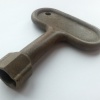
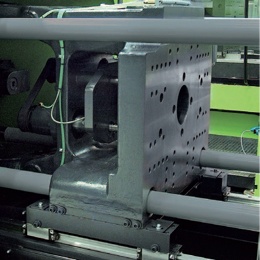
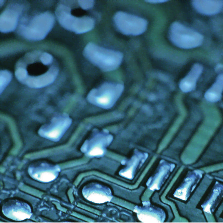
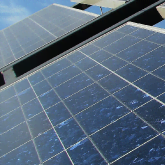
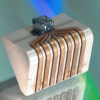
![[EU Logo]](grafik/logos/eu/eu-flag75x50m.png)
